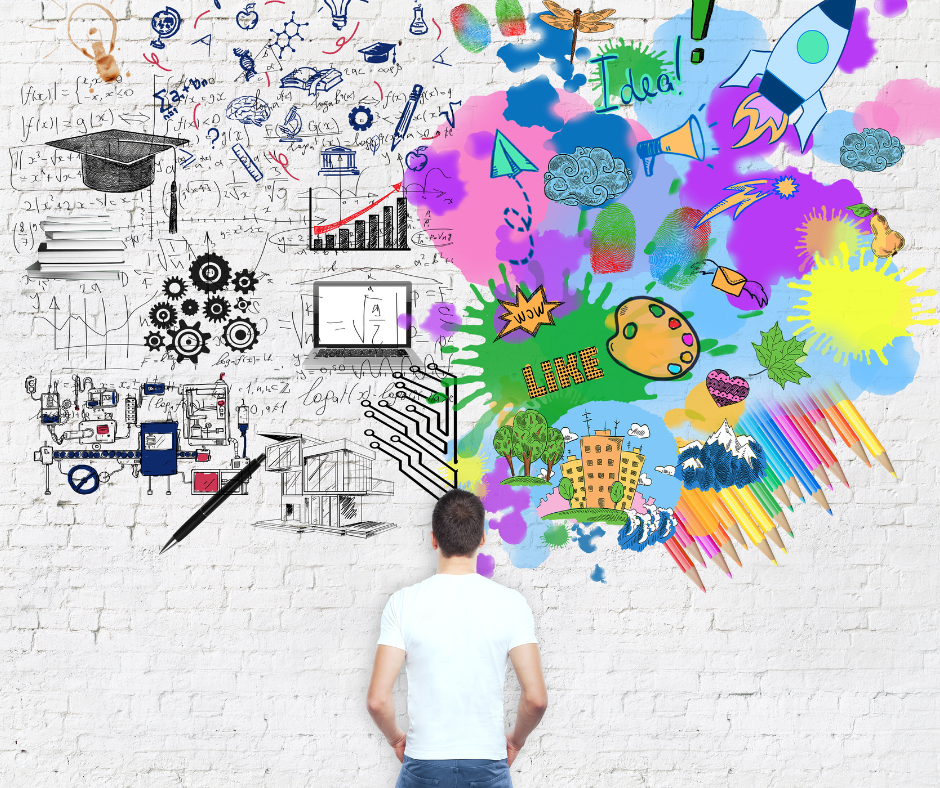The Role of Education in Fostering Creativity and Innovation
In today’s rapidly evolving world, creativity and innovation are more crucial than ever before. They drive progress, shape industries, and solve complex problems. But where does this creativity and innovation come from? A significant part of the answer lies in education. In this blog post, we’ll explore the vital role that education plays in fostering creativity and innovation.
- Encouraging Curiosity:
Education should be a journey of discovery, a quest to satisfy curiosity. When educators encourage students to ask questions and explore topics they are passionate about, they set the stage for creativity to flourish. Curiosity is the spark that ignites innovation.
- Cultivating a Growth Mindset:
A growth mindset, the belief that abilities and intelligence can be developed through effort and learning, is a powerful driver of creativity. Educational institutions that promote a growth mindset empower students to embrace challenges, persevere through failures, and continuously seek improvement.
- Interdisciplinary Learning:
Innovation often occurs at the intersection of different fields. Therefore, education should encourage interdisciplinary learning. When students can draw connections between seemingly unrelated subjects, they are better equipped to approach problems with a fresh perspective.
- Fostering Critical Thinking:
Critical thinking is the foundation of creativity. Education should teach students how to analyze information, evaluate arguments, and make reasoned decisions. These skills not only help students become better innovators but also responsible and informed citizens.
- Embracing Failure as a Learning Opportunity:
Failure is an integral part of the creative process. Education systems that penalize failure can stifle innovation. Instead, educators should teach students that failure is a valuable source of learning and growth.
- Providing Space for Play and Exploration:
Children are naturally creative and curious. Early education should provide ample opportunities for play, exploration, and hands-on learning. These experiences lay the groundwork for a lifelong love of learning and innovation.
- Encouraging Collaboration:
Innovation often emerges from collaboration and diverse perspectives. Educational settings that foster teamwork, communication, and cooperation prepare students for the collaborative nature of the modern workplace.
- Nurturing Imagination:
Education should nurture imagination as much as it nurtures analytical thinking. Creative exercises, art, literature, and exposure to a wide range of ideas can help students tap into their creative potential.
- Providing Access to Technology and Resources:
In the digital age, access to technology and resources is essential for innovation. Equitable access to these tools in education ensures that creativity knows no boundaries.
- Connecting Education to Real-World Problems:
Education gains meaning when students see its relevance to real-world challenges. When students can apply their knowledge and creativity to solve problems they care about, education becomes a catalyst for innovation.
Conclusion:
Education is not just about transferring knowledge; it’s about nurturing the next generation of creative thinkers and innovators. By encouraging curiosity, cultivating a growth mindset, embracing failure, and providing the right environment, education can play a pivotal role in fostering creativity and innovation. As we look to the future, let’s remember that education isn’t just about preparing students for the world; it’s about empowering them to shape it with their creativity and innovative spirit.

